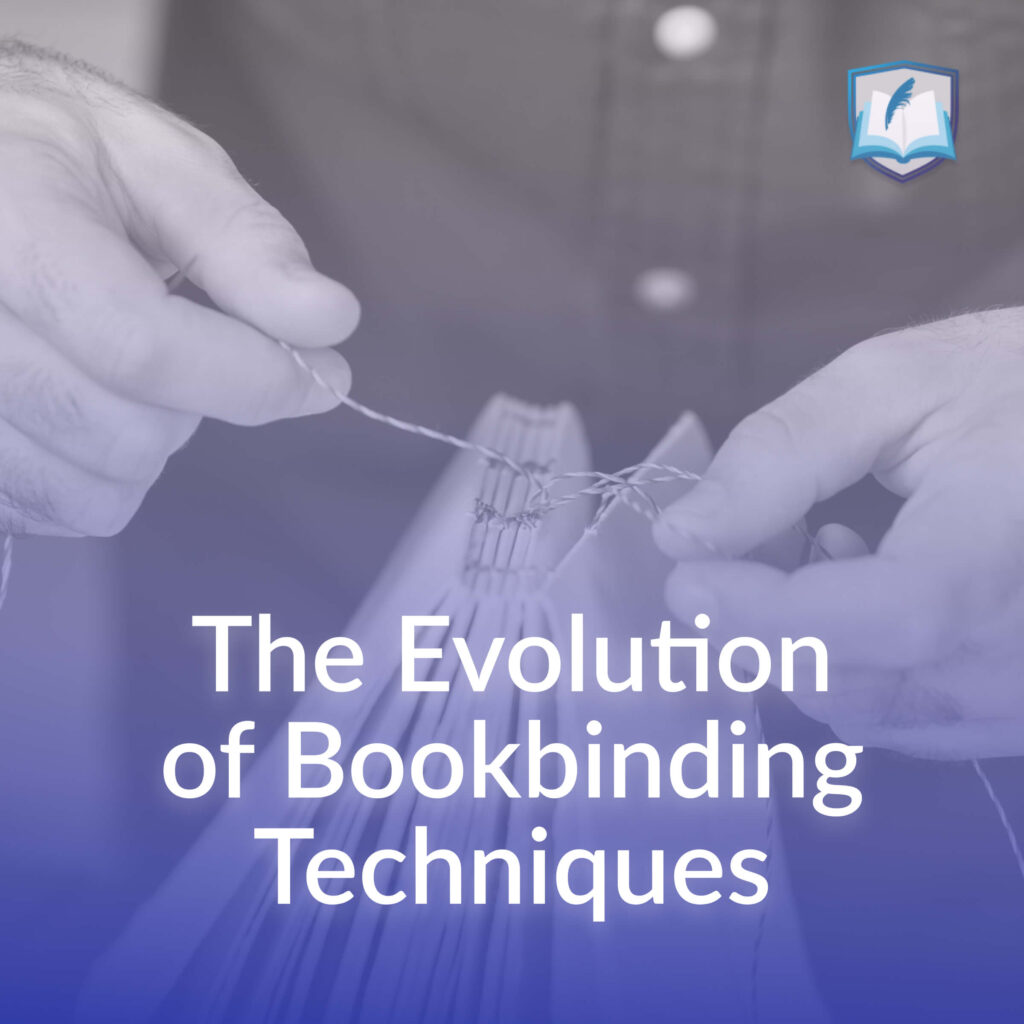The art of bookbinding is a rich tapestry of history, innovation, and craftsmanship that has evolved over millennia. From ancient scrolls and illuminated manuscripts to today’s mass-produced paperbacks, bookbinding techniques have continually adapted to meet the needs of readers and the constraints of technology. In this article, we embark on a captivating journey through time, tracing the evolution of bookbinding methods and materials.
Ancient Beginnings: Scrolls and Papyrus
The story of bookbinding begins with scrolls used by civilizations like the Egyptians and Greeks. These early documents were made from materials such as papyrus and parchment and were rolled tightly for storage. The limitations of scrolls, such as difficulty in referencing specific passages, led to the development of the codex—a precursor to the modern book.
Medieval Masterpieces: Illuminated Manuscripts
The medieval period witnessed the rise of illuminated manuscripts. Scribes meticulously copied and adorned texts with intricate illustrations and calligraphy. These manuscripts were often bound in ornate covers made of leather, wood, and precious metals. The artistry of illuminated manuscripts marked a pinnacle in bookbinding craftsmanship.
Renaissance and the Printing Press
The advent of the printing press in the 15th century revolutionized the production of books. With the ability to reproduce texts more efficiently, a growing demand for binding methods could match the printing pace. Sewing techniques, like the “long stitch” and “link stitch,” became popular during this period.
The Age of Elegance: Leather and Gilt
The Renaissance and Baroque eras saw the emergence of elaborate bookbindings. Leather, often embellished with gold tooling and intricate designs, became the preferred covering material. These bindings were as much works of art as they were functional containers for knowledge.
Industrial Revolution: Cloth and Case Binding
The Industrial Revolution marked a shift from artisanal bookbinding to more standardized methods. Cloth binding, known as “case binding,” became prevalent due to its cost-effectiveness and durability. Publishers could now produce books in larger quantities, making literature more accessible.
20th Century and Beyond: Mass Production and Paperbacks
Advancements in technology, such as offset printing and adhesive binding, allowed for the mass production of books in the 20th century. Paperback books, characterized by flexible covers and affordability, gained popularity. The modern paperback revolutionized reading habits and made books even more ubiquitous.
Digital Age: E-books and Preservation
In the digital age, electronic books (e-books) have gained prominence. While physical bookbinding continues to be an art form, digital publishing has provided readers with convenient access to vast literature libraries. Preservation efforts have also expanded to ensure the longevity of both physical and digital texts.
Conclusion: Binding the Past to the Present
The evolution of bookbinding techniques mirrors the development of human knowledge, technology, and culture. From the ancient scrolls that adorned royal courts to the mass-produced paperbacks that populate our bookshelves today, bookbinding has been a testament to the enduring power of the written word. As we navigate the digital age, the artistry and craftsmanship of bookbinding serve as a bridge connecting our past to our ever-changing literary future.




